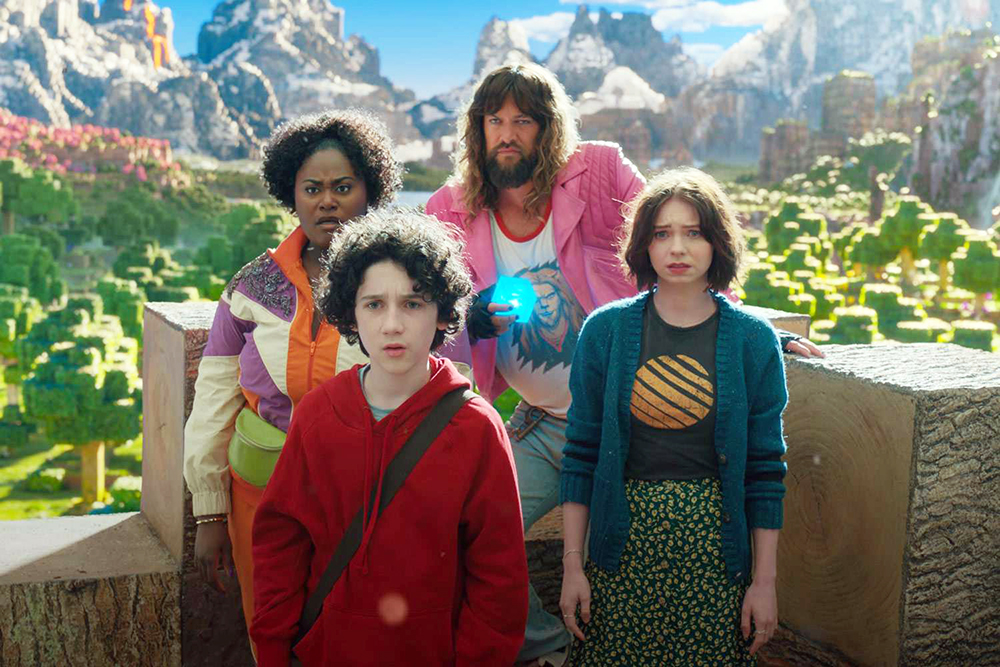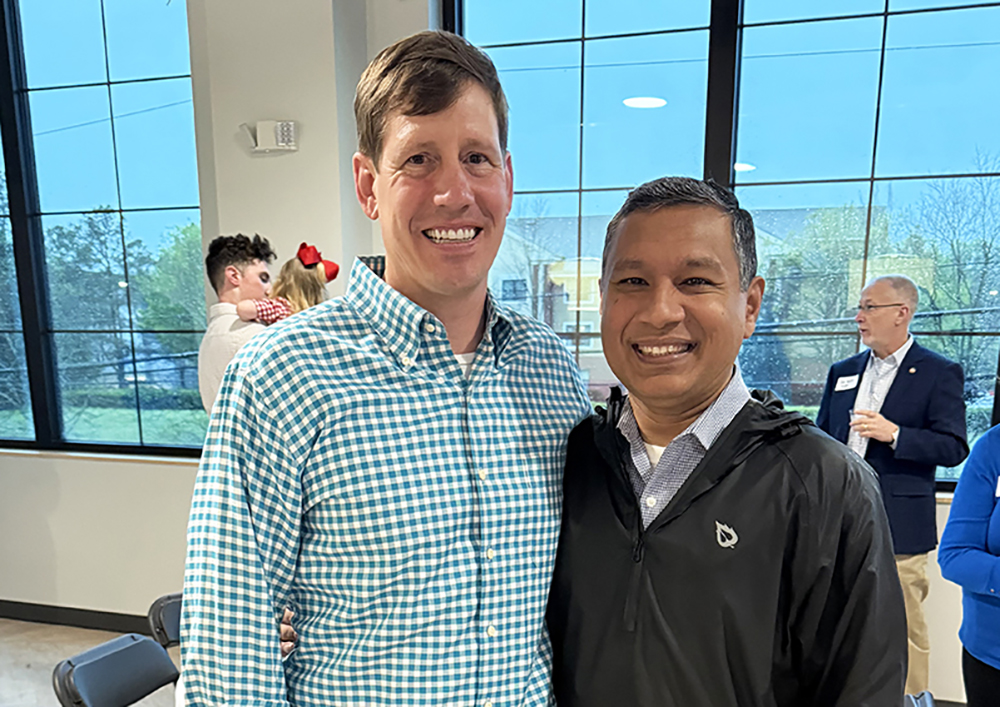First of all, for the record, yes, I have played Minecraft.
I know I’m an Old, fellow teenagers. I come from the first generation of video gamers, and I know what it is to be obsessed with moving pixels on a screen. I like to at least try the latest and greatest games from time to time, so a few years after it was released, I paid my own money for a copy of Minecraft. It sounded fun in theory. Dropped into a procedurally generated open world, you have to gather resources and use them to create the tools you need to survive. It’s kind of like playing with Legos, only with a computer.
Once I got started, I could see the appeal. Combining different resources in different ways results in novel items, and it’s fun to learn how to use them. Watching complexity arise from very simple elements was the original appeal of Minecraft. But I gotta admit, it didn’t stick. I got frustrated wandering around looking for things and getting attacked by creepers, and lost interest. I guess it just wasn’t my kind of game.
Also, it’s time for me to admit that I kinda suck at video games.
My experience was far from typical. With 350 million copies sold, Minecraft is the most popular game of all time, and it’s not particularly close. In second place by more than a hundred million is Grand Theft Auto V — although GTA V is, by some measures, the most profitable entertainment product of all time, having earned $8.5 billion on a $260 million budget. (That’s roughly four times Avatar’s take or seven times Barbie, for those keeping score.)


In the recent Apple TV+ series The Studio, Seth Rogen is promoted to head a major film studio, but the first assignment thrust upon him by the chairman of the board (a hilariously orange Bryan Cranston) is to make a movie based on Kool-Aid. Rogen’s chagrin must have been familiar to the parade of people who have tried and failed to exploit the Minecraft IP over the last decade. Five people have writer credits, and three received “story by” credits. It’s a difficult nut to crack because Minecraft famously doesn’t have a story. It’s an open-world sandbox game. Granted, many quests have been added to the game over the years, but many, if not most players are content to clear out a few blocks and build a cool little house for themselves. Or, if you grind out a lot more crafting hours, you own a personal amusement park. Or maybe a Turing-complete difference engine, aka a primitive computer within a computer, which is a feat for extremely advanced nerds.
My level of gamer is represented by Garrett “The Garbage Man” Garrison (Jason Momoa), a neon-sunglasses- and pink-leather-jacket-wearing fugitive from 1989. Actually, he’s not my level of gamer because he was once really good at it. He was the 1989 World Champion of Hunk City Rampage, a fictional beat-’em-up arcade cabinet that I admit looks kind of fun. These days, he’s the owner of Game Over, a video game and nostalgia store in Chuglass, Idaho. Trying to rescue his failing store, Garrett has a side hustle buying the contents of abandoned storage lockers at auction. In one, he spies the Atari Cosmos, a (fictional) rare game console from the ’80s that sells for big bucks. He digs deep to buy the lot, only to be frustrated when the box is empty. But what he does find among the junk is a pair of crystal cubes that fit inside each other like nesting dolls.
Also stuck inside of Chuglass are Natalie (Emma Myers) and her brother Henry (Sebastian Hansen), who moved to town when their mother passed away. Natalie’s got to raise her little brother, while adjusting to a new life as a social media manager for the local potato chip company.
After a bad first day of school, where Henry’s experimental jet pack destroys the potato chip factory mascot (don’t ask), Henry retreats to The Garbage Man’s store, where he discovers the crystals and wonders what they do. As you might have guessed, when combined, the crystals create a portal where our heroes, plus their (don’t ask) real estate agent Dawn (Danielle Brooks), are sucked into the Overworld of Minecraft, Tron-style.
The real star of the show, and the only thing that makes A Minecraft Movie something other than an wildly successful corporate branding exercise (Variety reported more than 40 tie-in promos!), is Jack Black as Steve, one of the skins players can choose to represent themselves on the map. The person who finally caught the falling knife and got the assignment to direct this film is Jared Hess, who also directed Napoleon Dynamite and, crucially, Nacho Libre, a completely over-the-top cringe comedy starring Black as a friar who secretly moonlights in the wrestling ring as a luchador.
Black and Hess are on the same manic wavelength, and the Tenacious D star outshines literally everything in this sprawling production. Despite some nominal attempts to give them personalities, or at least motivations, Henry, Natalie, and Dawn are blank slates. Maybe that’s the intention, in an effort to make them more relatable to a wider audience. But it’s Black’s job to take these nonentities on a tour of the Minecraft universe, gesturing wildly at points of interest and dodging arrows from the minion of Malgosha (voiced by Rachel House). The leader of the piglins rules the Nether, a hellish underworld that looks a lot like the Mines of Moria from Lord of the Rings, only, you know, in Minecraft. She is the avowed enemy of creativity and just wants to enslave everyone to collect gold.
Imagine that, a country ruled by a piggish tyrant who only values money, and wants to destroy and subjugate everything to feed their megalomania. I dunno, sounds bad.
A Minecraft Movie
Now playing
Multiple locations












